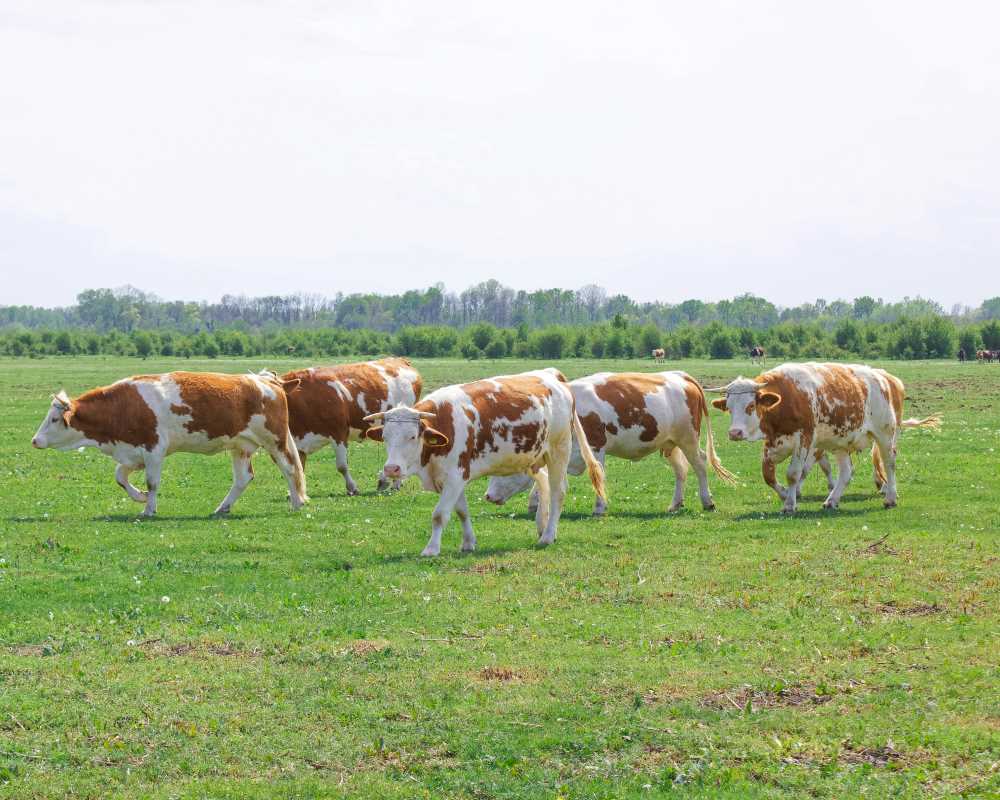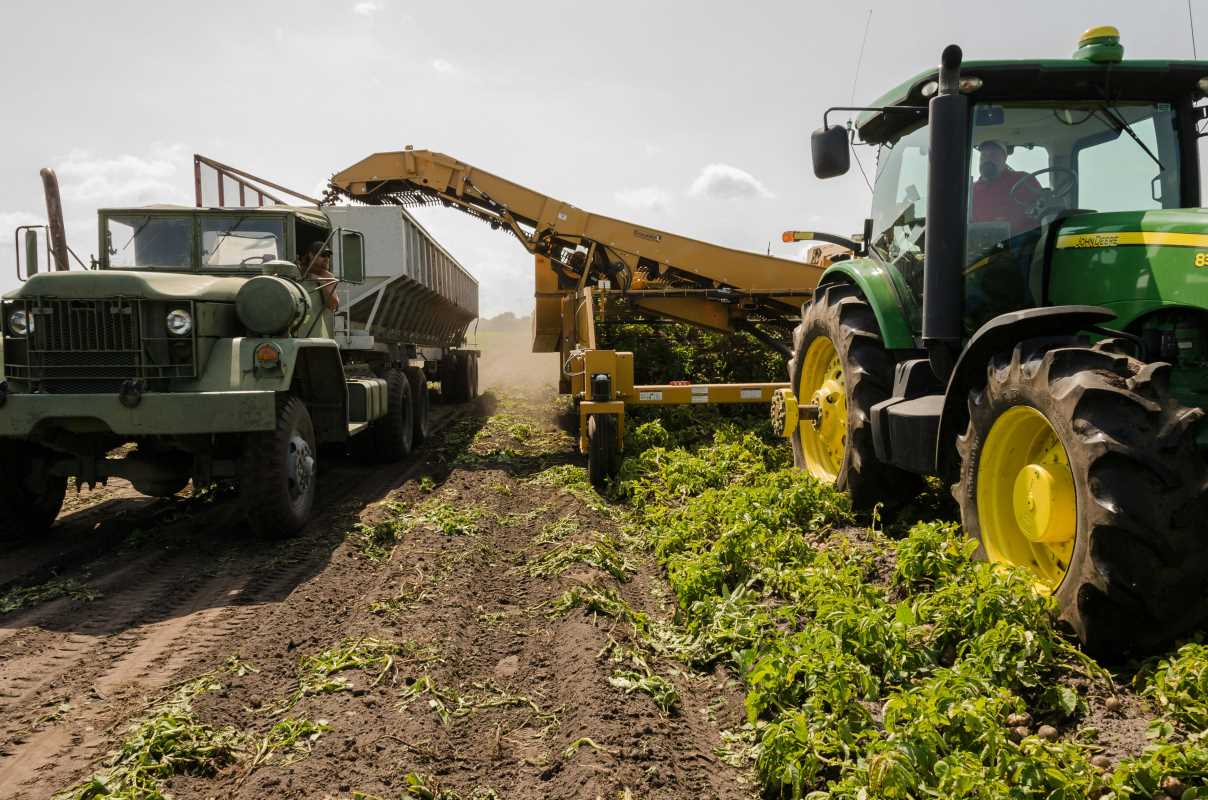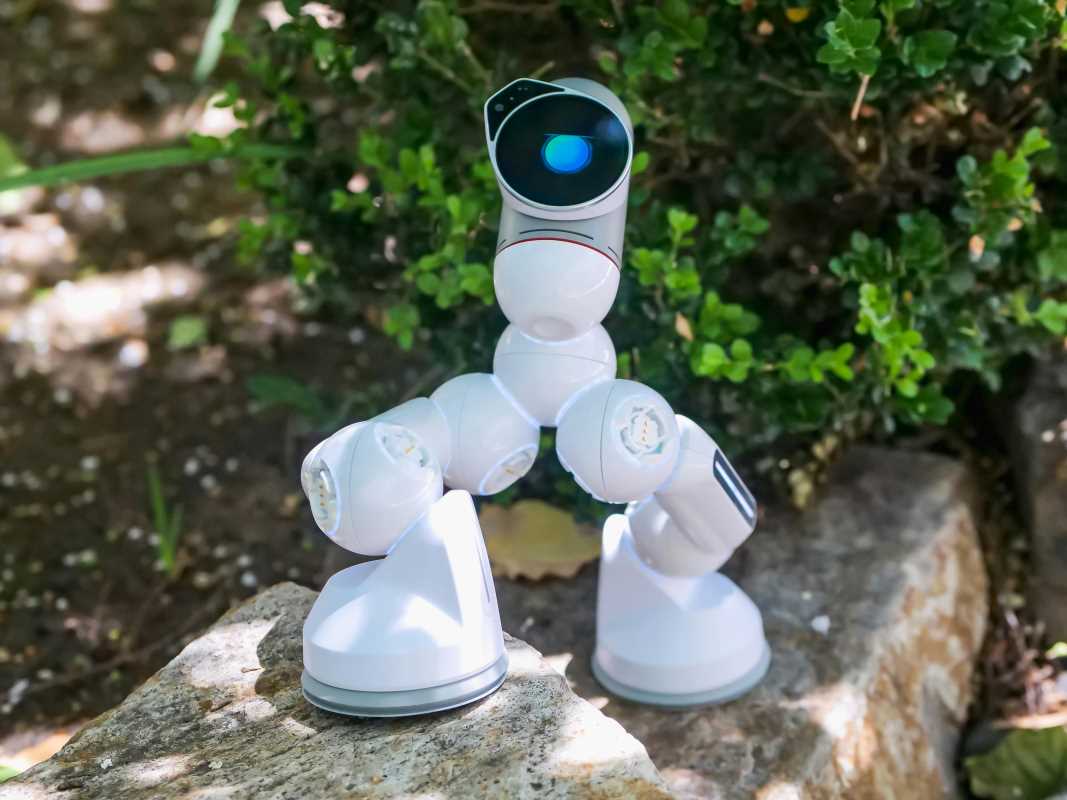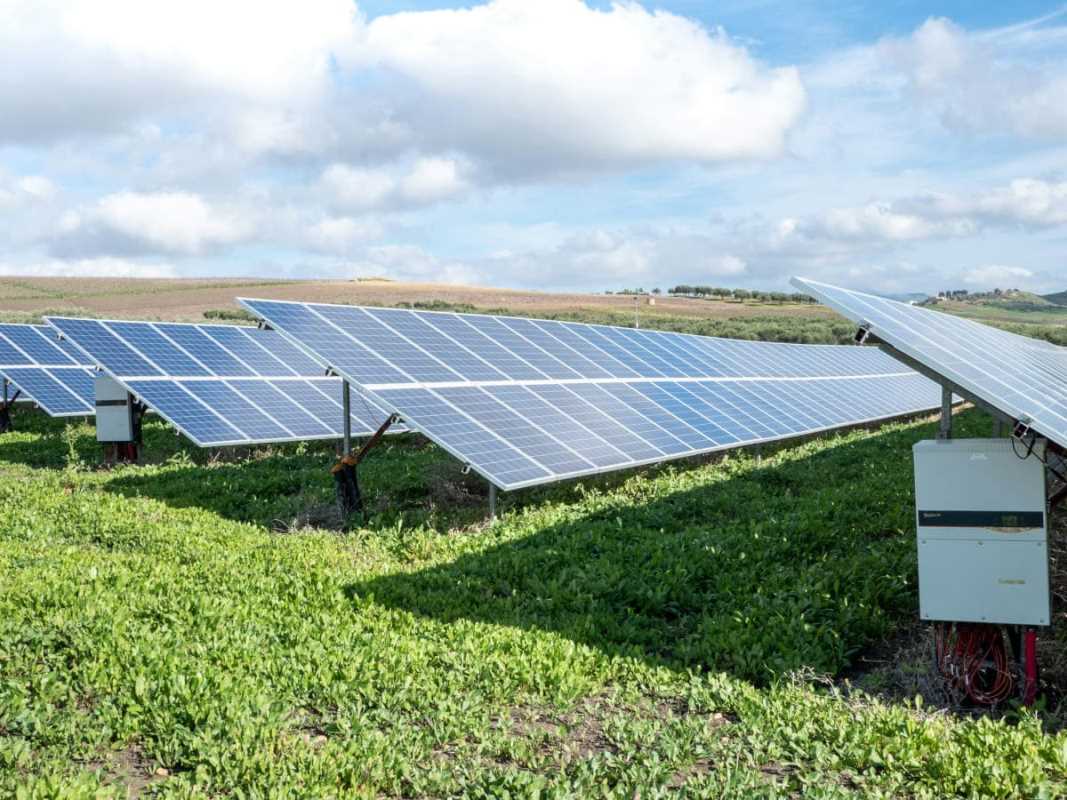Small-scale animal keepers who oversee wide pastures and large properties can find real value in wireless livestock tracking. As technology progresses, keeping track of animal movements and health becomes increasingly important. These tracking systems deliver immediate updates, allowing for timely decisions that benefit both the animals and their caretakers. Far more than simple devices, modern tracking tools play a vital role in daily animal management. Integrating these systems into regular routines helps reduce manual labor, boost animal safety, and make it much simpler to watch over herd health with confidence and accuracy.
These systems decrease the worry of losing track of livestock, making daily operations easier without overwhelming manual checks. They simplify managing large areas and help keep accurate records of each animal. This approach combines technology with traditional animal husbandry methods, ensuring that care remains both efficient and informed.
What Are Wireless Livestock Tracking Solutions?
Wireless livestock tracking solutions use radio frequency tags, GPS, and sensors attached to animals. These devices send real-time data to a central system, giving a clear picture of where each animal is and how it behaves. The system gathers information like location, temperature, and movement patterns, making it easier to notice if an animal is not doing well.
The tracking devices operate on battery power and communicate using wireless signals. The data then transmits to mobile devices or computers, allowing immediate access to important information. This connectivity ensures a quick response to situations like stray animals or potential health issues, even when animals roam far from the primary holding area.
Benefits of Wireless Tracking for Small-Scale Keepers
Implementing wireless livestock tracking offers many advantages. The benefits include increased productivity and better animal care practices. These systems decrease the time and effort spent on scanning large areas in search of stray animals. They allow keepers to focus on other essential aspects of animal management.
- Real-time monitoring of animal movements and health metrics
- Faster location and gathering wandering livestock
- Less labor by automating routine checks
- Better animal welfare through quick detection of health problems
- Improved record keeping and data collection for informed decisions
With modern tracking devices, small-scale animal keepers can better manage their operations using accessible technology. The integration of data analysis into daily care routines helps ensure that even in large grazing fields, every animal is accounted for and receives prompt attention.
The systems also make it easier to adopt controlled grazing practices. By understanding movement patterns, land management becomes more sustainable and balanced. This technology is a step forward for keepers eager to use modern tools to address age-old challenges.
Key Features to Consider
Choosing the right tracking system involves evaluating important features that match operational needs. When examining various products, focus on those that perform well both in open fields and areas with obstacles.
- Easy-to-use interface on mobile and desktop applications
- Strong battery life to ensure continuous tracking during long shifts
- Accurate GPS and sensor data for reliable location and health monitoring
- Resilient design that withstands tough outdoor conditions
- Easy integration with existing management practices and record systems
Many modern devices include alert systems that can notify keepers immediately if an animal deviates from its usual path or if its vital signs change. This not only saves time but also helps catch early signs of distress.
Connecting with mobile apps delivers important updates directly into your hand, allowing quick responses. Seek features that offer customizable alerts so that notifications provide relevant information specific to different animals or groups.
How Wireless Tracking Functions on Large Properties
Wireless tracking systems operate by using a network of devices attached to each animal. These devices typically send data to central hubs placed strategically around large properties, making sure every area is covered. Most systems are designed to work efficiently across several miles of open land. They depend on standards that perform well even in remote locations.
Communication between devices and central software occurs through strong wireless networks. The tracking unit attached to each animal stores data temporarily if the connection drops, then transmits once the signal resumes. This method guarantees that no data gets lost during sporadic connectivity issues.
Selecting the Right System for Your Needs
Choosing the right livestock tracking system starts with assessing your needs, budget, and daily operations. Consider range, battery life, accuracy, and data analysis features, and always test a system with a small trial before full adoption.
Wireless tracking brings clarity, efficiency, and real-time insights—improving animal care and making daily management easier. This technology supports better operations and healthier livestock.
 (Image via
(Image via





